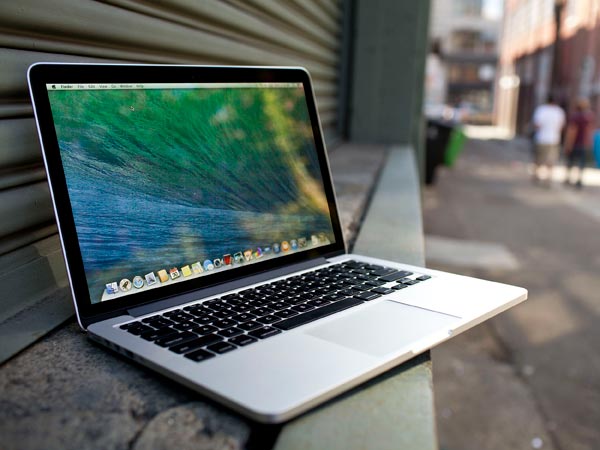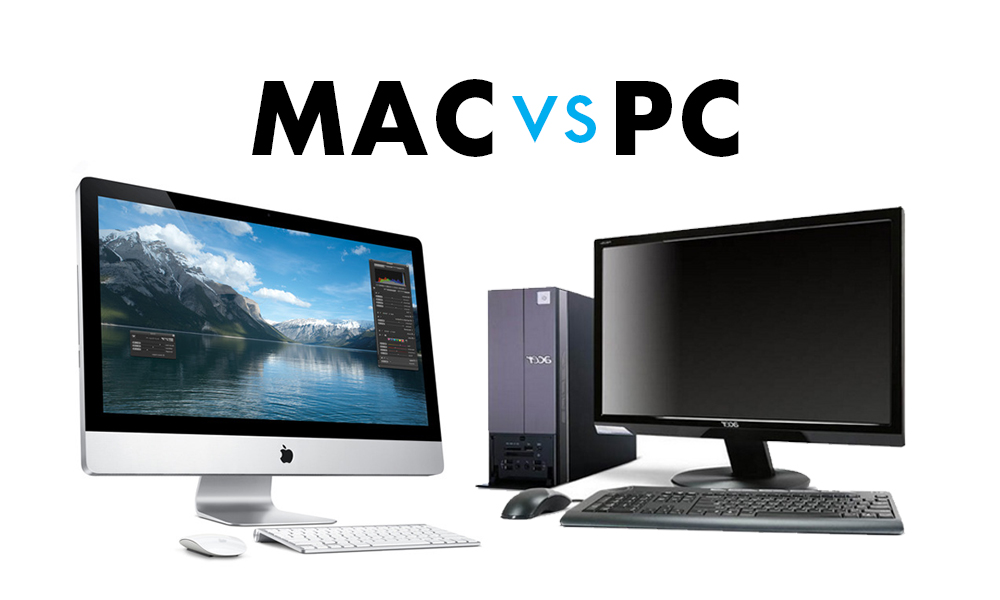Being a photographer requires the right tools to get your job done effectively. Our computer is an essential part of the photographer workflow. It has to work quickly in order for us to use our time efficiently. This blog post explores some frequently asked questions about computers for photographers.
Computer Requirements for a Photographer
Assuming that you are taking thousands of pictures using the latest camera, then editing those photos using Lightroom/Photoshop and doing all of this over a 2-3 hour period, I would recommend the following computer requirements at this moment in time (Jan 2015):
- Processor - At least a 2Ghz Intel i7 (Quad Core) Processor
- Working Memory - At least 16GB RAM
- Hard Drive - 1TB - SSD Hard Drive

Computer Terms Explained
Let's use an analogy of a kitchen to explain the differences between Processor/Memory/Hard Drive.
You are the processor. You do things. You can get stuff from the fridge and make a sandwich on the counter. If there were two of you in the kitchen you could do twice as much. If there were four of you, then you can do even more! In computer terms, this is the difference between a Single Core, Dual Core and Quad Core processor. For photographers, the speed of the processor - 2Ghz is a minimum, but ensure you are using a Quad Core processor.
Your kitchen counter space is Working Memory - this is "where" you do stuff. If you were limited to a small working area then you would have to make your food separately, first a sandwich, clean up, then make cookies. If you had more space, you could do both without slowing down to clean up. For Photographers MORE is always better, and I recommend 16GB.
Finally your fridge/cupboards is your Hard Drive. You can store lots of things in your cupboards until you need to use them at some point in time. The speed of computer hard drives vary. The faster they are, the more the cost. But the faster they are, the quicker you can put stuff on your counter. Hard drives come in 5400RPM, 7200RPM, 10,000RPM and SSD (Solid State Drive). RPM stand for Revolutons Per Minute because the disk has to spin to access the stuff on it. The faster it spins, the quicker you get your stuff. SSD doesn't have any working parts and so it is faster than the 10,000RPM drive! Cost is the final factor in picking a drive, as 1TB SSD can cost up to $1000 more than a 7200RPM drive.
My Computer Is Running Slow
Before you buy a new computer and spend countless hours backing up your files, stop. Ask yourself several questions.
- How old is my computer?
- How much of my Hard Drive is full?
- How much memory do I have?
Today, one RAW digital photo can be up to 50MB in size. Simply opening this file in Lightroom/Photoshop puts your computer to work. Imagine then applying multiple layer effects, dodging, burning and applying several curves adjustments. At the same time, you expect Photoshop to allow you undo several mistakes you made? All of the changes and adjustments are stored in memory and can use up to 500MB per photo, then imagine you have several photos open all at once. Very quickly your computer will come under strain.
If you computer is newer and is still slowing down, then you need to understand how memory is used. Just turning on your computer uses working memory. The latest version of any software such as OSX/Windows 8 gobbles up memory. If you have your browser open, with Facebook in one tab, gmail in another, and ten other websites open - then you are sucking up memory. Then you open Lightroom/Photoshop (L/P) and it is loading 1000 photos at 50MB each. More memory. Then you edit 10 photos at a time, applying layers and special effects - more memory gone. Very quickly you run out of memory... When this happens, the processor has to start "cleaning up the kitchen", which if you are trying to edit photos, means that everything starts to slow down. Photoshop does something extra, it starts using your Hard Drive as counter space - which is slower than working memory, but if you Hard Drive is already 90% full, then your whole computer starts slowing down to the point where you cannot do anything!
Restarting your computer cleans up the counter space and puts everything back in the cupboard. But the problem will soon reappear because of the limitations of your computer.
Mac versus PC
Personally, I have used a PC for over 12 years then switched to a Macbook Pro. I switched because I liked many of the features on the Mac. After using my Macbook Pro for 5 years I have found that things simply work. On the PC there were always weird little errors. And the computer seemed slow. The Mac didn't have those weird Gremlins and I don't think I will ever switch back. But a Mac isn't for everybody - I can think of two negatives off hand:
- Cost - You will typically pay double the price
- Learning Curve - If you have used a Windows and switch, you'll have to get used to the Mac environment.
Summary
Your computer is an essential part of your workflow. When it runs well, you breeze through your work. When it fails, you pull your hair out. Before replacing your computer, ensure you have the right equipment. It might be worth simply upgrading your Memory from 8GB to 16GB (up to $200) or upgrading your Hard Drive to an SSD (up to $1000). If your computer is old, it might be time to buy new and that might cost between $1000-$3000 depending on if you choose PC/Mac.
This article is intended to help you better make that decision